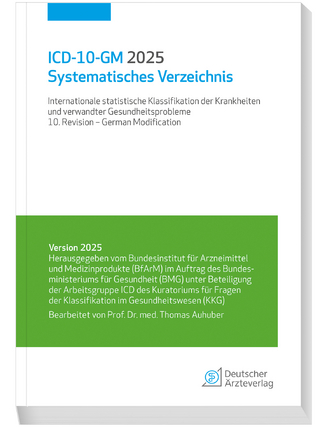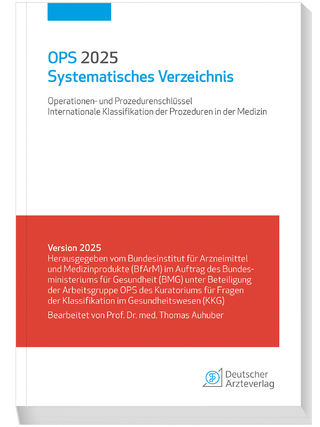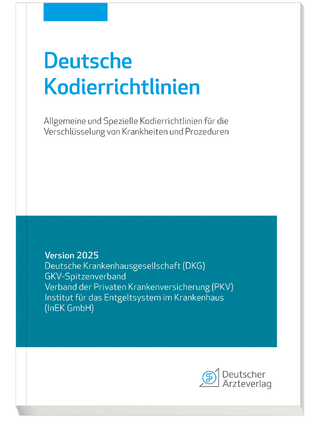
Multi-Omics Analysis of the Human Microbiome
Springer Nature (Verlag)
978-981-97-1843-6 (ISBN)
This book introduces the rapidly evolving field of multi-omics in understanding the human microbiome. The book focuses on the technology used to generate multi-omics data, including advances in next-generation sequencing and other high-throughput methods. It also covers the application of artificial intelligence and machine learning algorithms to the analysis of multi-omics data, providing readers with an overview of the powerful computational tools that are driving innovation in this field. The chapter also explores the various bioinformatics databases and tools available for the analysis of multi-omics data. The book also delves into the application of multi-omics technology to the study of microbial diversity, including metagenomics, metatranscriptomics, and metaproteomics. The book also explores the use of these techniques to identify and characterize microbial communities in different environments, from the gut and oral microbiome to the skin microbiome and beyond. Towards theend, it focuses on the use of multi-omics in the study of microbial consortia, including mycology and the viral microbiome. The book also explores the potential of multi-omics to identify genes of biotechnological importance, providing readers with an understanding of the role that this technology could play in advancing biotech research. Finally, the book concludes with a discussion of the clinical applications of multi-omics technology, including its potential to identify disease biomarkers and develop personalized medicine approaches. Overall, this book provides readers with a comprehensive overview of this exciting field, highlighting the potential for multi-omics to transform our understanding of the microbial world.
Dr. Indra Mani is an Assistant Professor in the Department of Microbiology, Gargi College, University of Delhi (DU), New Delhi, India. He received M.Sc. in Microbiology from Bundelkhand University (BU), Jhansi, UP, India and Ph.D. in Biochemistry (2010) from Banaras Hindu University (BHU), Varanasi, UP, India. He completed postdoctoral training in the Department of Physiology, School of Medicine, Tulane University, New Orleans, Louisiana, USA. He has also worked as a Senior Research Officer (SRO) in the Department of Medicine, All India Institute of Medical Sciences (AIIMS), New Delhi, India. He has more than 13 years of research and teaching experience in Microbiology, Molecular Genetics, Cell Signaling, and Bioinformatics. He has published more than 50 research articles in peer-reviewed journals, 45 book chapters and 5 books. He has presented several papers in the different national and international conferences. He has extensive experience in microbial characterization, molecular genetics, cell culture, fluorescence/confocal microscopy, and in silico analysis. He serves as a reviewer of peer-reviewed journals and a member of national and international societies. He is also a member of the IQAC, Gargi College, University of Delhi. Dr. Vijai Singh is a Professor and Head of the Department of Biosciences, School of Science at Indrashil University, Rajpur, Mehsana, India. He served as Associate Professor in the Department of Biosciences, School of Science at Indrashil University, Rajpur, Mehsana, India. He was an Assistant Professor in the Department of Biological Sciences and Biotechnology at the Institute of Advanced Research, Gandhinagar, India and also an Assistant Professor in the Department of Biotechnology at the Invertis University, Bareilly, India. Prior to that, he was a Postdoctoral Fellow in the Synthetic Biology Group at the Institute of Systems and Synthetic Biology, Paris, France and School of Energy & Chemical Engineeringat the Ulsan National Institute of Science and Technology, Ulsan, South Korea. He received his Ph.D. in Biotechnology (2009) from the National Bureau of Fish Genetic Resources, Uttar Pradesh Technical University, Lucknow, India with a research focus on the development of molecular and immunoassays for diagnosis of Aeromonas hydrophila. His research interests are focused on building novel biosynthetic pathways for production of medically and industrially important biomolecules. Additionally, his laboratory is working on CRISPR-Cas9 tools for genome editing. He has more than 12 years of research and teaching experience in synthetic biology, metabolic engineering, bioinformatics, microbiology, and industrial microbiology. He has published 100 articles, 70 chapters, 25 books and 3 patents. He serves as an associate editor, editorial board member, and reviewer of several peer-reviewed journals. He is also a member of the Board of Study and Academic Council of Indrashil University and is the Member Secretary of the Institutional Biosafety Committee (IBSC) at the same University.
Chapter 1_An introduction to multi-omics.- Chapter 2_Technology for studying of multi-omics.- Chapter 3_Artificial intelligence and machine learning for analysis multi-omics.- Chapter 4_Bioinformatics databases and tools for analysis of multi-omics.- Chapter 5_Next-generation sequencing in metagenomics and metatranscriptomics.- Chapter 6_Metagenomics in census of microbial diversity.- Chapter 7_Metatranscriptomics, metaproteomics and metabolomics in microbial characterization.- Chapter 8 _ Fluxomics and Phenomics.- Chapter 9_Muti-omics in study of gut microbiome.- Chapter 10_Multi-omics in study of oral microbiome.- Chapter 11_Muti-omics in study of skin microbiome.- Chapter 12_Multi-omics in microbial consortium.- Chapter 13_Metagenomics in mycology.- Chapter 14_Multi-omics in viral microbiome.- Chapter 15_Multi-omics in prospecting of genes of biotechnological importance.- Chapter 16_Multi-omics and its clinical applications.
| Erscheinungsdatum | 30.05.2024 |
|---|---|
| Zusatzinfo | 36 Illustrations, color; 4 Illustrations, black and white; XIV, 354 p. 40 illus., 36 illus. in color. |
| Verlagsort | Singapore |
| Sprache | englisch |
| Maße | 155 x 235 mm |
| Themenwelt | Mathematik / Informatik ► Informatik ► Theorie / Studium |
| Informatik ► Weitere Themen ► Bioinformatik | |
| Medizin / Pharmazie ► Medizinische Fachgebiete ► Mikrobiologie / Infektologie / Reisemedizin | |
| Naturwissenschaften ► Biologie ► Genetik / Molekularbiologie | |
| Naturwissenschaften ► Biologie ► Mikrobiologie / Immunologie | |
| Schlagworte | Clinical applications • Gut microbiome • Metagenomics • Metatranscriptomics • Multi-Omics |
| ISBN-10 | 981-97-1843-0 / 9819718430 |
| ISBN-13 | 978-981-97-1843-6 / 9789819718436 |
| Zustand | Neuware |
| Informationen gemäß Produktsicherheitsverordnung (GPSR) | |
| Haben Sie eine Frage zum Produkt? |
aus dem Bereich


